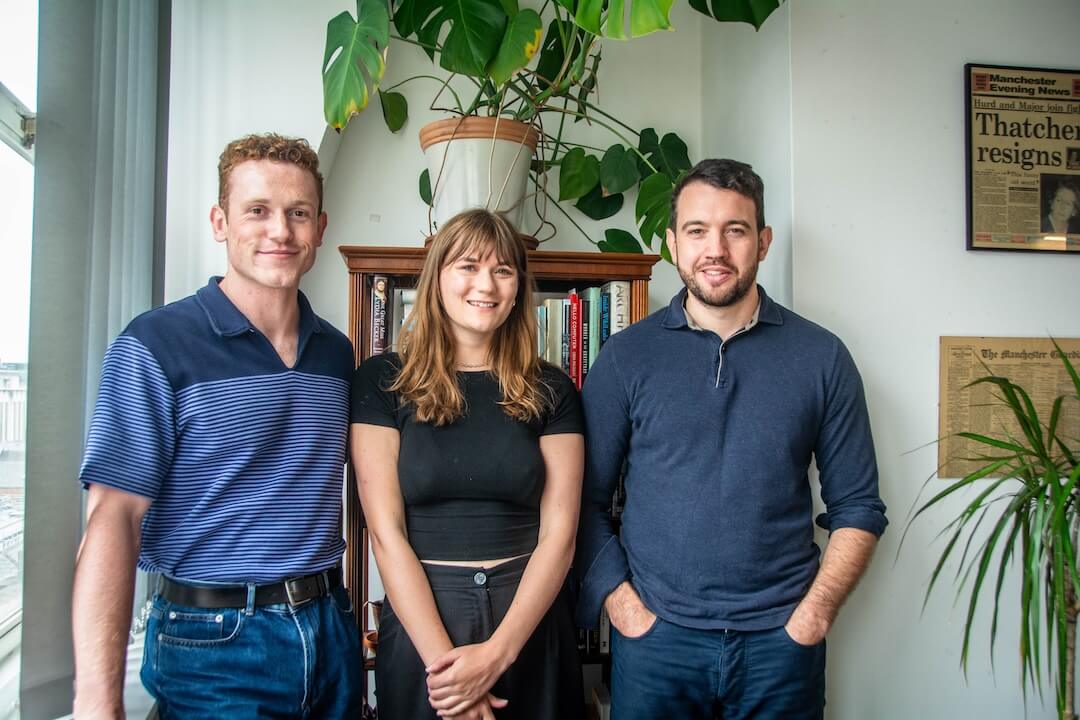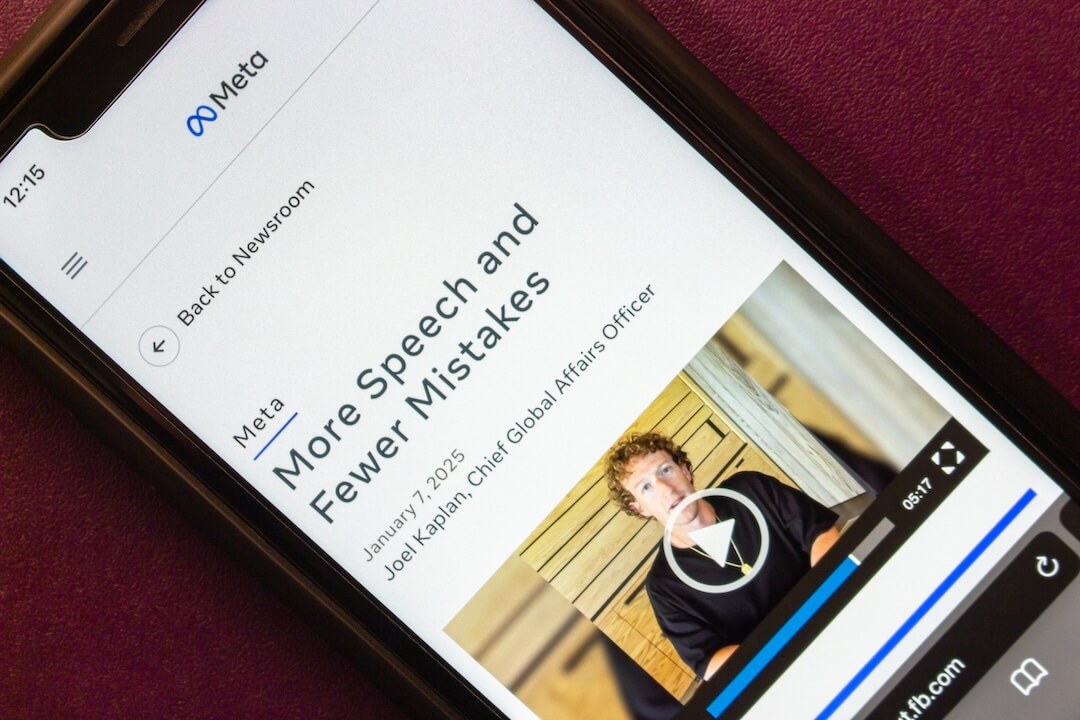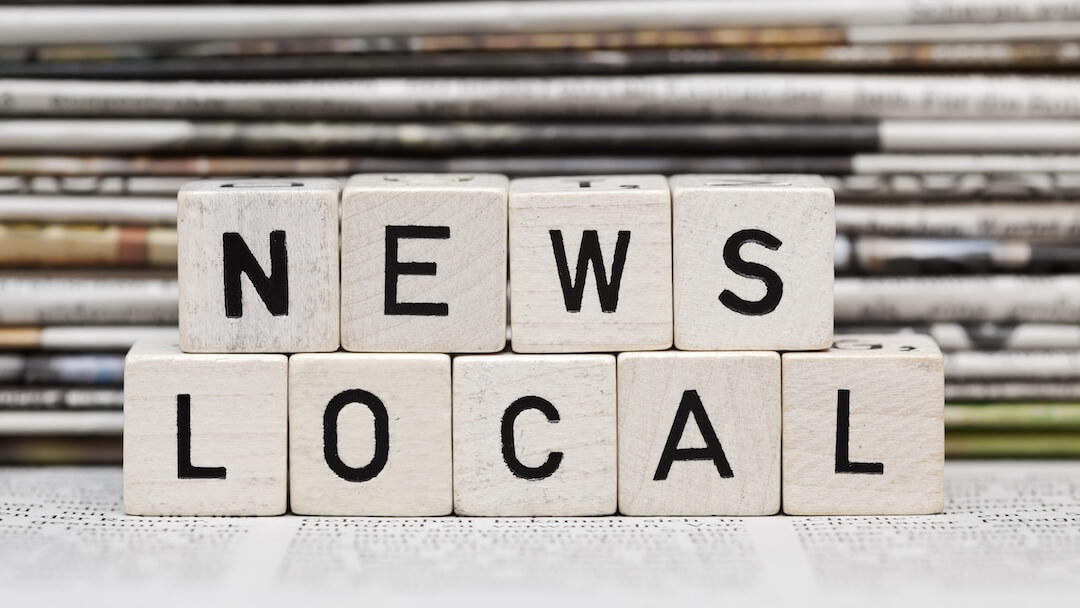Newspapers are dying. But their front pages aren’t.
At a time when print advertising revenue continues to decline and publications are laying off staff in droves, newspaper covers are increasingly being shared digitally — helped along by the ease of posting on Twitter, Facebook and other social media platforms.
But why? More than anything, these A1s are seen as an encapsulation of a historical event, to be seen and filed away for a distant time when we want to remember how much something mattered in its day.
Sharing a front on Twitter — or saving a digital copy as a PDF — is the modern-day equivalent of cutting out and saving a page from a significant edition, or just a funny New York tabloid front.
“GO DUCK YOURSELF!” pic.twitter.com/llMHfRAr5z via @PaulMSparrow1 @Newseum
— J. Freedom du Lac (@jfdulac) December 20, 2013
“Whatever the newspaper industry is struggling with today, there is a long history of front pages capturing history with a kind of permanence,” said Mark Jurkowitz, associate director of the Pew Research Center’s Journalism Project, in a phone interview.
Front pages provide a “sense of permanence in a broadcast culture where things disappear quickly,” he said, mentioning the infamous (in journalism circles) “Dewey Defeats Truman” Chicago Tribune front page.
And, largely, that significance has not faded over time.
When Nelson Mandela’s death was announced on Dec. 5, many journalists used Twitter to share newspaper front pages honoring the former South African leader.
BuzzFeed ran an item chronicling the covers: “Nelson Mandela’s Death, As Told By Newspaper Front Pages.” (Poynter collected them, too, as it often does after major news events.)
Richard Deitsch, a writer/reporter for Sports Illustrated, used Twitter to share Mandela A1s from a variety of national and international publications.
“I still believe in the power a newspaper front page represents, especially for transcendent news such as the death of a world figure,” Deitsch wrote in an email.
Again a beautiful front page tribute of Nelson Mandela from the @independent: pic.twitter.com/2LhyNostFO
— Richard Deitsch (@richarddeitsch) December 6, 2013
Before listing some of his favorite Mandela cover tributes in a post, Rob Alderson, editor-in-chief of the U.K. design analysis site It’s Nice That, referenced the adage that newspapers are the front page of history.
“The nature of the digital world is by definition quite ephemeral,” Alderson said in a follow-up email. “People still look to print media to memorialize events like this, to frame their reactions and, going forward, their memories.”
Furthermore, because of the 24-hour news cycle, front page designers must use headlines and cover designs to make “contextualizing statements about major news events” rather than simply giving the Five W’s about a story, which most people will already know by the time they crack open the paper in the morning, Jurkowitz added.
Writing in Poynter last December, Julie Moos highlighted how many newspapers attempted to do just that following the Newtown, Conn., school shooting.
To sum up the national mood of despair, some of the most powerful covers opted for massive, one-word-long headlines — “SHATTERED,” “HORRIFIC” and “UNTHINKABLE” were just a few of them.
But national tragedies are not the only time when front pages are highlighted.
When the Boston Red Sox won the World Series in late October, many news site ran front-page aggregations the next day.
Today’s front page: #redsox pic.twitter.com/tNWjXIsiUD
— The Boston Globe (@BostonGlobe) October 31, 2013
Boston.com featured an item called “Red Sox hit the front pages,” and Masslive.com ran a slideshow of “the front pages for the Boston Red Sox World Series championship win from newspapers in New England and across the country.”
Much of this digital cover-sharing is made possible by the Newseum, which every morning posts front pages from hundreds of newspapers around the U.S. and the world on its website for free. (I took advantage of this service when making my Local People With Their Arms Crossed Tumblr.)
Simply scanning through the pages provides a fascinating glimpse at a cornucopia of cover designs, as well as keen insights into local framing of national and international news stories.
“I find my Twitter followers really appreciate seeing how news is presented in locations away from theirs,” said Deitsch, who has more than 100,000.
The front-page portal is one of the Newseum’s most popular features, its online managing editor Sharon Shahid said. It’s essentially the online version of the A1 page display visible at the brick-and-mortar Newseum on Pennsylvania Avenue NW in D.C.
Taking a page from glossy magazine covers, newspaper front pages have become more aesthetically pleasing and interesting over the last 15 years, Shahid said.
She attributes the change in part to a desire to create covers that get people talking, get people reading, and, perhaps most importantly, are worth saving in print or sharing online.
“You do what you have to do to draw readers because they’re not reading print newspapers,” Shahid said in a phone interview. “What do [newspapers] have to lose?”
(Jurkowitz echoed this sentiment. “There’s been a lot of energy in recent years to make front pages look better,” he said.)
That being said, there’s no evidence that share-worthy cover designs generate more interest in print publications, Jurkowitz said.
“I think cover sharing definitely drums up interest in journalism brands, but I imagine that’s ultimately reflected more in the digital arm of the brand more than the print product,” Deitsch added.
In looking at the wide variety of touching tributes to Mandela’s life on newspaper covers throughout the U.S. and abroad, Shahid called it evidence “that newspapers offer something that no one else does.”
But, she added, “I don’t think they’re going to be around forever.”








Comments